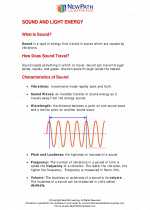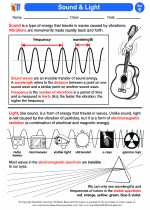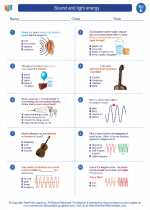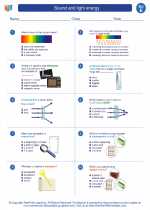Sound and light energy -> elliptical galaxies
What are Elliptical Galaxies?
Elliptical galaxies are one of the three main types of galaxies, along with spiral and irregular galaxies. They are characterized by their smooth, featureless appearance and lack of distinct spiral arms. Instead of a flat, rotating disk like spiral galaxies, elliptical galaxies are more three-dimensional and typically have a more rounded shape.
Formation and Characteristics
Elliptical galaxies are believed to form through the collision and merger of smaller galaxies. They are often found in galaxy clusters, where interactions and mergers are more common. Elliptical galaxies are also composed mainly of older stars, with little to no ongoing star formation. This is reflected in their reddish color, as the older stars have lower temperatures.
Classification
Elliptical galaxies are classified based on their shape, from E0 (nearly spherical) to E7 (highly elongated). The classification is determined by the ratio of the major and minor axes of the galaxy's apparent shape.
Size and Mass
Elliptical galaxies can vary greatly in size, from small dwarf ellipticals to giant ellipticals that can be hundreds of times more massive than the Milky Way. The largest known galaxies, such as M87, are elliptical in shape and can contain trillions of stars.
Study Tips
- Learn about the Hubble Tuning Fork Diagram, which illustrates the different types of galaxies and their classification.
- Compare and contrast the characteristics of elliptical galaxies with other types of galaxies, such as spiral and irregular galaxies.
- Explore the role of elliptical galaxies in galaxy clusters and their interactions with other galaxies.
- Research the methods used to measure the size, mass, and age of elliptical galaxies, such as photometry and spectroscopy.
Quiz Questions
- What are the main characteristics of elliptical galaxies?
- How are elliptical galaxies believed to form?
- What is the Hubble classification scheme for elliptical galaxies?
- What are some of the largest known elliptical galaxies?
Good luck with your studies on elliptical galaxies!
[Elliptical Galaxies] Related Worksheets and Study Guides:
.◂Science Worksheets and Study Guides Fifth Grade. Sound and light energy

 Activity Lesson
Activity Lesson
 Worksheet/Answer key
Worksheet/Answer key
 Worksheet/Answer key
Worksheet/Answer key
 Worksheet/Answer key
Worksheet/Answer key
 Worksheet/Answer key
Worksheet/Answer key
 Vocabulary/Answer key
Vocabulary/Answer key
 Vocabulary/Answer key
Vocabulary/Answer key
